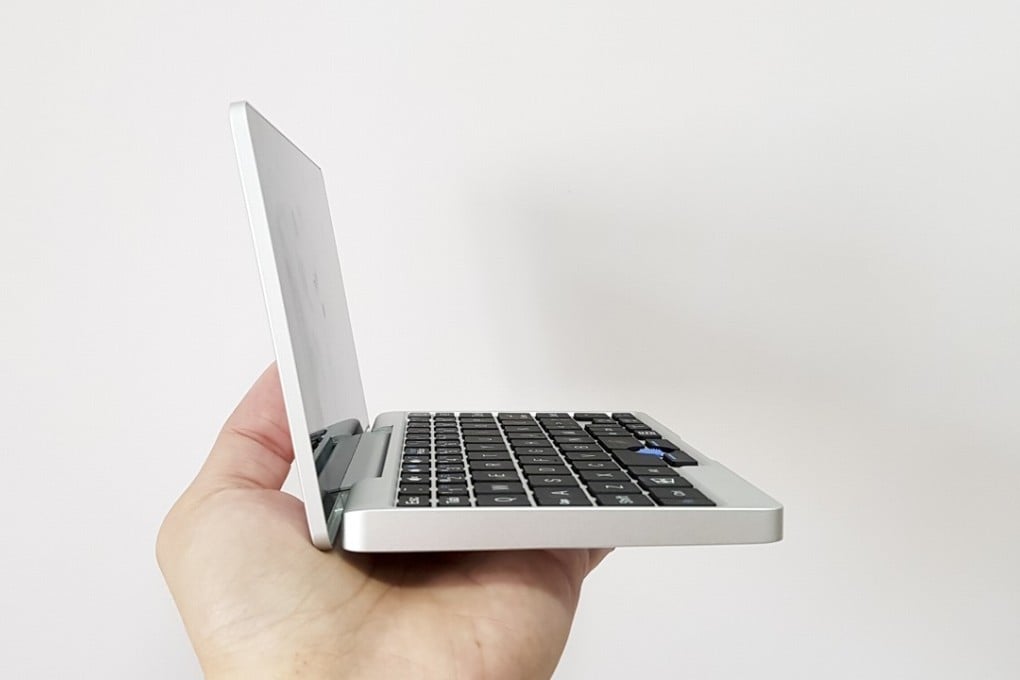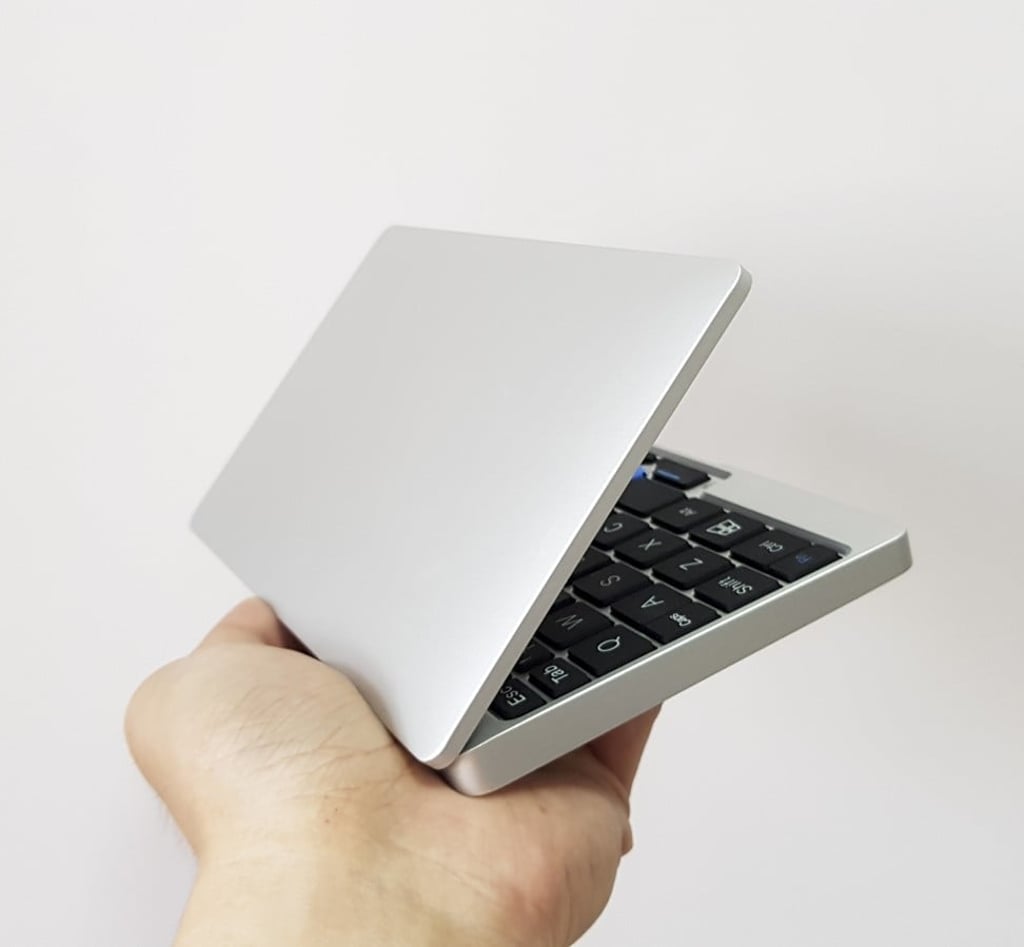Tech review: GPD Pocket – ‘world’s smallest laptop’ is a great little device, as long as you don’t have to type
The Pocket is an impressive feat of hardware engineering that looks and feels premium, but the cramped keyboard holds it back from being a true portable work machine

Ever since laptops became mainstream consumer products in the mid-1990s, tech companies have worked hard to make them smaller and slimmer. Now, a Shenzhen company called GPD (Game Pad Digital) has made what it bills as “the world’s smallest laptop”, but has it gone overboard?
Design and hardware
The best way to describe the GPD Pocket’s exterior is like a shrunken MacBook with the glowing Apple logo removed. It has got the same smooth silver metallic finish and a similar hinge.


The keyboard is packed like a rush hour train because the device only measures 180mm wide by 106mm long (closed). This makes it smaller than a standard (B-format) paperback book, and roughly the size of a typical woman’s clutch bag.